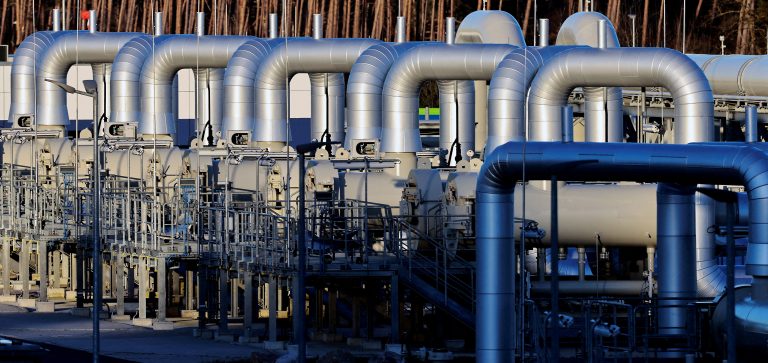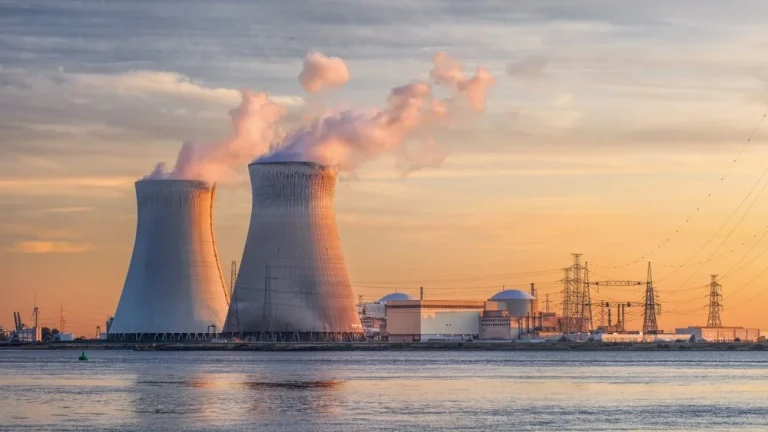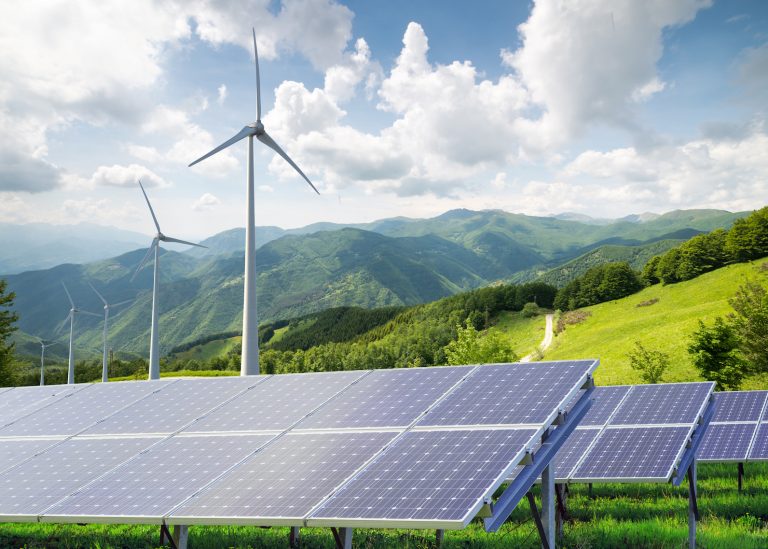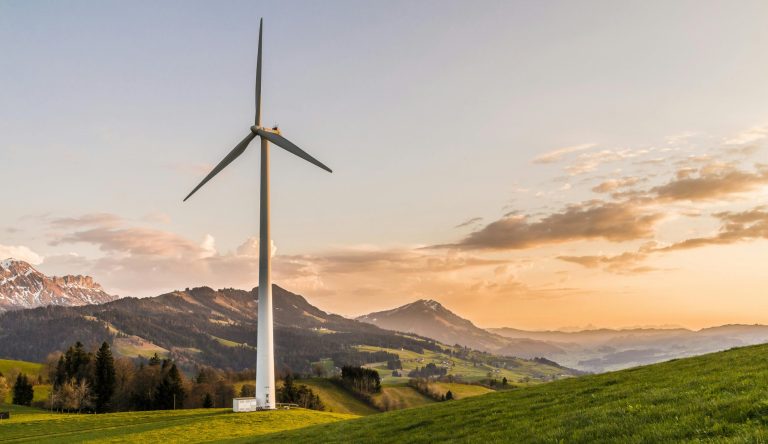Germany Implements New Measures to Ease Energy Crisis
Since the outbreak of the Russia-Ukraine war earlier in 2022, European countries have struggled to enforce new emergency measures that will protect households and businesses from high energy prices. With no access to cheap Russian natural gas, Germany has found itself in a crisis. In 2020 Germany got 55% of its gas import from Russia, and with the sanctions in place right now, the country is experiencing a major struggle. Russian energy leader Gazprom tightened the geopolitical screws on Germany, and the rest of the EU, this September with the announcement that its Nord Stream 1 pipeline would be shut down indefinitely. Gazprom’s latest move places Germany in pitfall as a freezing and uncertain winter approaches. Recently German officials celebrated the news that natural gas storage facilities have been filled to 80% of full capacity, but that only provides little comfort and security to the mass population. Currently Germany has little natural gas production, and relies almost completely on imports of natural gas to meet current demand and Russia is its largest single source. Germany’s effort to uplift its wind industry began to fail even before 2022. Ever since then the German government has been clawing its way to source additional imports to satisfy consumer and industrial needs, and that effort intensified into desperation after the Russia-Ukraine war and its sanctions. German prices for gasoline and public transport have surged on September 1st, as government subsidies expired. The price for natural gas, which is used by around 50% of households for heating, and for electricity has skyrocketed. The government is trying to encourage consumers and businesses to save energy in any way they can to prevent a shortage during the following winter months. The Energy Saving Ordinance came into force earlier this month. These are the measures Germany is taking: Economy Minister Robert Habeck from the environmentalist Green Party says he expects the measures to reduce gas consumption “by around two, two and a half percent” and calls it a “small but indispensable contribution.”
Germany Implements New Measures to Ease Energy Crisis Read Post »




